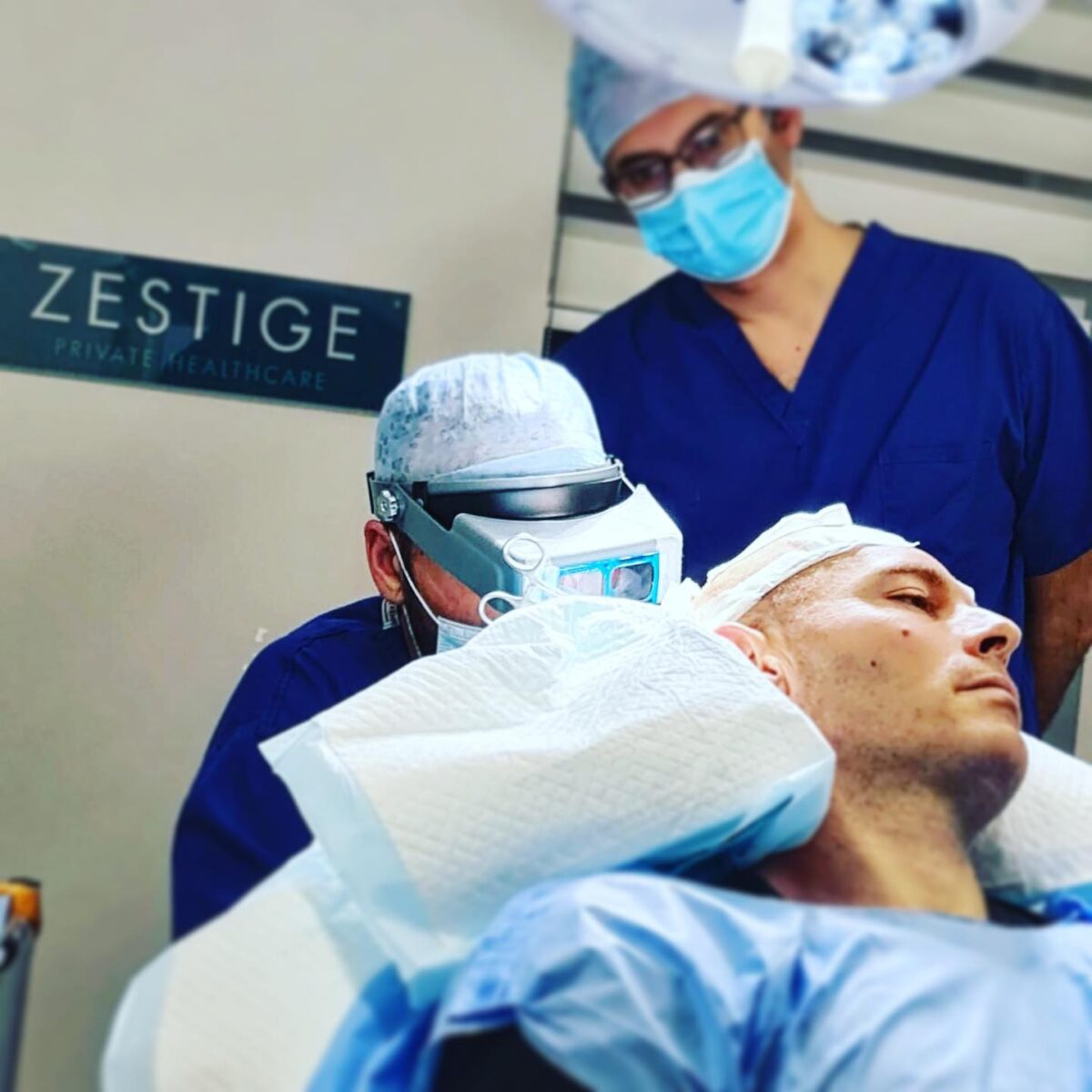Perfecting the Crown: A Comprehensive Timeline of Hair Transplant Success

It is critical to understand the complexities of the procedure and the timeframe involved as we set out on the path of crown hair restoration. The transplant schedule for the crown area is different from that of other scalp locations due to the particular obstacles it offers. We explore the complete timeline of hair transplant success in this guest article, illuminating every stage from the immediate aftermath to the final results.
Hair transplant crown area growth timeline
Immediate Aftermath of the Procedure
Following surgery, your transplanted area will be painful and you may have swelling.
Small scabs on the transplant sites are also prevalent. You must strictly adhere to your surgeon’s aftercare instructions to guarantee optimal recovery and avoid infection.
The majority of the swelling should have decreased. This is when scabs start to break off. Some surgeons prescribe mild cleaning of the affected region to aid with scab removal.
First 2 Months After Hair Transplant Surgery
It is usual for transplanted hairs to fall out during this stage, known as “shock loss.” While alarming this is a normal part of the process and merely serves to pave the way for fresh growth.
You might start to see the earliest hints of fresh hair growth. However, these initial hairs might be thin, colourless, and resemble newborn hair.
Hair Transplant After 4 Months
Patients notice significant improvement in hair transplant after 4 months surgery. Most notably, there is noticeable hair growth in the crown area, which gradually improves covering. In addition, the texture of freshly formed hair changes dramatically, becoming thicker to resemble the surrounding hair. This stage confirms that the transplant treatment was successful and represents a critical turning point in the quest for a denser and more voluptuous crown.

8 Months After Hair Transplant Surgery
Hair continues to mature and thicken. The transplanted hair will begin to mix perfectly with your natural hair, increasing the overall density and look of the crown.
By the conclusion of this time, you should have a decent sense of the result of your crown hair transplant.
Final Results (15-18 Months)
While most patients experience the full benefits of their hair transplant by the twelfth month, the journey may extend up to 18 months post-operation.
Continued improvements may be observed during this period, contributing to the refinement of results.
Patience remains paramount as the crown hair transplant timeline unfolds, gradually revealing the culmination of transformation.
Reasons for Longer Crown Transplant Timelines
The hair transplant crown area growth timeline takes longer than other locations for a variety of reasons, all of which are related to the scalp’s specific traits and hair growth cycles. Several factors contribute to the extended timeline of crown hair transplants. These include:
- Blood Supply: The crown, or vertex, possesses a marginally lower blood supply compared to the frontal scalp region. The nourishment level received by hair follicles significantly influences post-transplant hair growth rates. Consequently, the reduced blood supply can lead to slower healing and growth in the crown area.
- Hair Growth Cycles: Hair growth follows cyclic patterns, which may vary across different scalp regions. The crown area often harbors a higher proportion of hair follicles in resting or shedding phases, potentially delaying growth in transplanted hair.
- Angle and Direction of Hair: Mimicking the natural swirl pattern of hair growth in the crown area demands meticulous attention to detail. Each transplanted follicle must be precisely angled to achieve a seamless, natural appearance. Although this process doesn’t directly impede growth, the time required to appreciate visual satisfaction and perceived density may be prolonged.
- Density and Coverage: The crown’s expansive, prominent nature makes hair loss more conspicuous. Attaining the desired density and coverage can be time-consuming, particularly in cases of significant hair loss. Consequently, the perceived speed of growth and coverage may feel slower due to the aesthetic challenges posed by varying degrees of hair loss across the broad crown area.
- Individual Healing and Growth Rates: Variances in healing capacities and hair growth rates among individuals exert a considerable influence. Factors such as age, health, diet, and stress levels can impact recovery speed post-transplantation and the rate of transplanted hair growth.
- Comparison with Other Hair Transplant Areas: Comparatively, the crown area undergoes a slower transformation process when juxtaposed with regions like the hairline or mid-scalp. These areas typically receive initial attention during restoration procedures, leading to more immediately noticeable improvements. Consequently, the perceived length of progress in the crown area may be exacerbated by this comparison.
Patience remains paramount throughout the hair transplant journey, particularly in the crown area. Adhering closely to post-operative recommendations is essential to achieving desired results.

Success Rate of Crown Hair Transplants
- Crown hair transplants have similar success rates as ordinary hairline transplants.
- In general, FUE hair transplants have a success rate of 90 to 95%, though this can vary slightly depending on the individual.
- The result will be largely determined by your surgeon’s ability and expertise, as well as the clinic’s technique.
- FUE hair transplant surgery normally takes longer to complete, but it offers higher success rates and speedier recuperation.
- In contrast, a FUT operation is substantially more intrusive, resulting in a significantly longer healing period.
- FUE also has higher graft survival rates, which contributes to a better overall result and a more aesthetically pleasing appearance.
- The density, quality, and qualities of the donor hair are all important.
- Patients with robust, healthy donor hair have better outcomes because the transplanted hair is more likely to survive and thrive in its new environment.
- The patient’s entire health, especially the condition of the scalp, can influence the outcome. Healthy people without chronic scalp issues are more likely to have good graft survival and growth.
Maintaining Results and Realistic Expectations
Post-operative care plays a pivotal role in maintaining the results of crown hair transplants.
- Surgeon’s Recommendations: Adhering to the surgeon’s advice diligently is crucial for preventing complications and fostering the healing process of transplanted hair.
- Realistic Expectations: Setting realistic expectations is imperative. While substantial improvement in hair growth is attainable post-transplantation, complete restoration to the original state may not be feasible.
- Preventing Complications: Following post-operative guidelines diligently reduces the risk of complications, ensuring a smoother recovery process and promoting optimal growth of transplanted hair.
- Healing Support: Compliance with the surgeon’s recommendations provides essential support for the healing process, facilitating the integration of transplanted hair into the scalp.
- Managing Expectations: Understanding the limitations of the procedure helps patients manage expectations effectively, fostering satisfaction with the achieved results.
In conclusion, the journey of crown hair restoration is a transformative one, marked by distinct phases and milestones. With patience, adherence to aftercare protocols, and realistic expectations, individuals can unlock the full potential of their crown hair transplant. At Zestige Private Healthcare, we are committed to guiding patients through every step of this journey, ensuring exceptional results and renewed confidence.









